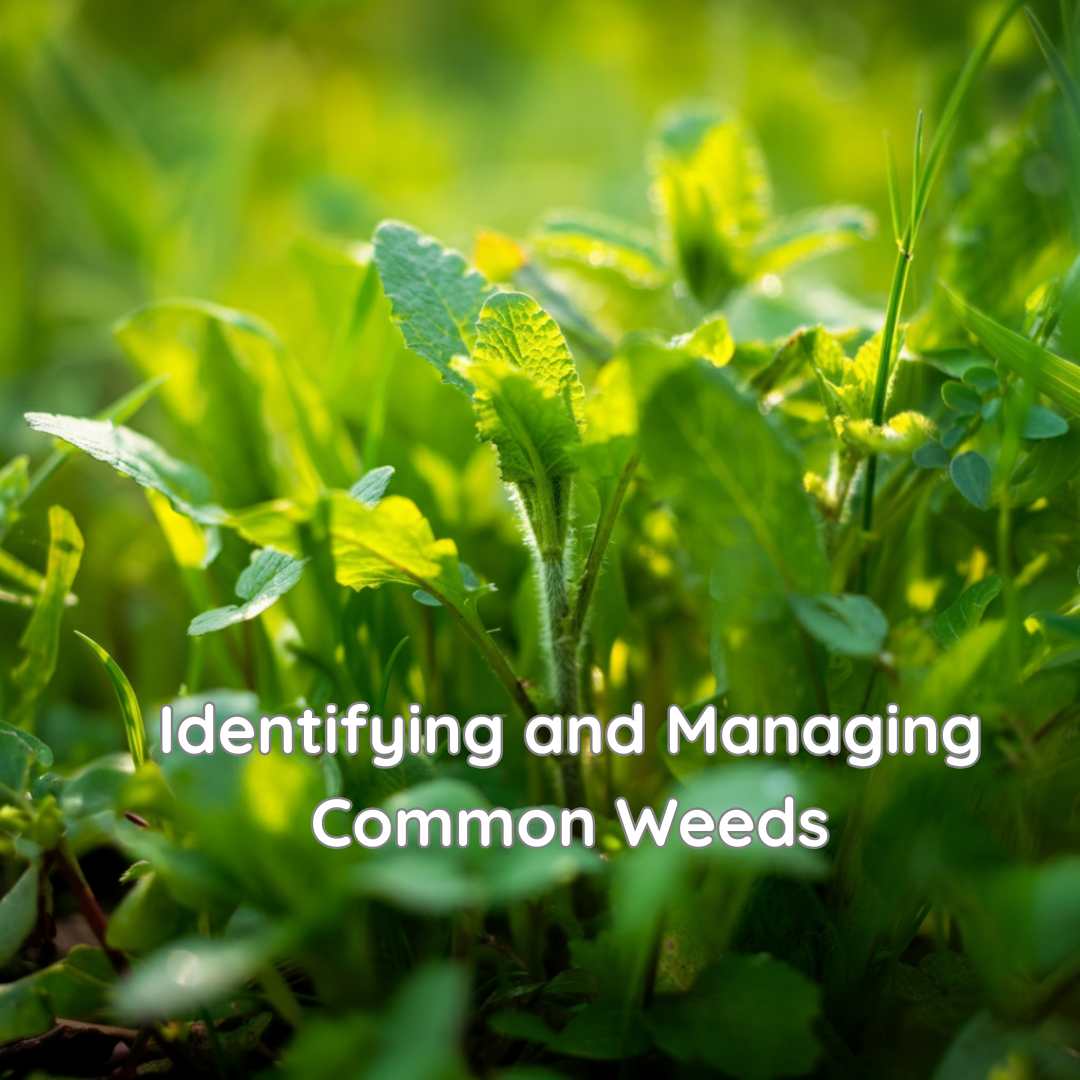Introduction to Garden Sheds
Garden sheds provide a blend of functionality and aesthetic appeal, enhancing both the practical and visual aspects of any outdoor space. A shed can serve multiple purposes, from storing garden tools and equipment to creating a personal sanctuary where you can unwind or focus on hobbies. The presence of a well-designed shed can significantly contribute to your overall wellbeing, as spending time in nature has been shown to boost mental health.
Moreover, choosing a garden shed made from sustainable materials and sourced from environmentally responsible manufacturers ensures that you are contributing to the preservation of our natural spaces. This not only supports ecological balance but also promotes a healthier environment for future generations. In addition, garden sheds can be customised to suit various needs and styles, making them a versatile addition to any garden.
The wide array of choices available allows you to find a shed that perfectly complements your garden’s existing design, while also providing a functional space that meets your specific requirements. Whether you need extra storage or a cosy retreat, the right garden shed can become an invaluable part of your outdoor living experience.

Factors to Consider Before Buying
Before committing to a garden shed, it’s essential to evaluate your garden’s layout and how the shed will integrate with its surroundings. The shed should complement the existing landscape, providing both functionality and aesthetic appeal without overwhelming the space.
Budget is another crucial factor; garden sheds vary widely in price, so establishing a financial plan will help you make an informed decision. Keep in mind that a higher initial investment in quality materials and construction can offer long-term benefits, reducing the need for frequent repairs and replacements.
Additionally, think about the climate in your area and how it might affect the shed. Opting for weather-resistant materials and ensuring proper insulation can make a significant difference in durability and comfort. Accessibility should also be considered, especially if you’ll be frequently retrieving items or using the shed as a workspace.
Ideal Shed Placement
The location of your garden shed can greatly influence its usability and aesthetic integration with your garden. When considering placement, it’s beneficial to evaluate how the shed will interact with the existing garden layout and plantings. If you prefer easy access for storing tools and garden equipment, placing the shed closer to your home can be convenient. However, for those seeking a peaceful retreat, situating the shed in a more secluded part of the garden may provide a tranquil escape. It’s important to think about natural light as well; positioning the shed where it can receive ample sunlight can enhance its usability, particularly if you intend to use it as a workspace or relaxation area. Additionally, ensure that the site has proper drainage to prevent water damage and consider the impact of seasonal changes such as leaf fall and snow. Proper shed placement not only enhances functionality but also contributes to the overall enjoyment of your garden space. By thoughtfully selecting a location, you can create a harmonious balance between utility and the natural beauty of your garden, fostering a healthier outdoor environment.
Identifying Shed Purpose
Identifying the purpose of your garden shed is crucial for making an informed choice. If you’re looking for a practical storage solution for garden tools and equipment, opt for a design that offers ample shelving and hooks. For those who envision a personal retreat, consider a setup that allows for comfort, such as insulation and cosy seating. This can serve as a perfect spot for unwinding or engaging in hobbies. Families often need additional storage for outdoor toys or seasonal items, so think about versatile options that cater to multiple uses. A shed intended as a garden office might benefit from windows that allow natural light, fostering a productive environment. Knowing precisely how you plan to use your shed will help you select features and layouts that maximise its functionality and enhance your outdoor experience.
Selecting the Appropriate Size
Choosing the right size for your garden shed requires careful consideration of your storage needs and the available garden space. Begin by evaluating what you plan to store—whether it’s gardening tools, outdoor furniture, or seasonal decorations. Measuring larger items in advance can help you visualise the required space. Additionally, consider any future needs you might have, as it’s often more cost-effective to invest in a slightly larger shed now than to upgrade later.
Keep in mind the overall layout of your garden. A well-proportioned shed should fit harmoniously without overwhelming the space. Use a tape measure and stakes to mark out the shed’s footprint in your garden, giving you a clearer idea of how it will fit. This can also help you plan for easy access and ensure that the shed doesn’t obstruct pathways or garden beds.
If your shed will serve multiple purposes, such as a storage and work area, factor in the need for additional space to move around comfortably. For those using the shed as a retreat or office, allowing extra room for furnishings and personal items can make the space more functional and enjoyable.
Finally, check local regulations regarding shed size, as some areas have restrictions that might influence your decision. By carefully planning and considering these aspects, you can select a shed size that perfectly complements your garden and meets your needs.
Picking the Suitable Style
When choosing the style of your garden shed, think about how it aligns with the overall aesthetic of your garden and your personal preferences. Practical sheds often feature straightforward designs that focus on functionality, making them ideal for storage and utility purposes. Alternatively, a summerhouse-style shed or one with glass windows can offer a more elegant and inviting appearance, perfect for a garden office or a relaxation spot.
Consider architectural features that might enhance the shed’s visual appeal and usability. Windows can introduce natural light, creating a brighter, more welcoming interior. Doors with unique designs or finishes can also add character and improve accessibility. The roof style is another aspect to think about—whether you prefer a classic gable roof or a more contemporary flat roof, the choice will affect both the shed’s appearance and how well it blends with your garden’s design.
Material choice is crucial too. Wooden sheds offer a traditional and natural look, blending seamlessly with outdoor spaces, while metal or plastic sheds provide modern alternatives with low maintenance requirements. By thoughtfully selecting a style that suits your garden’s design and your intended use, you can create a harmonious and functional outdoor haven.
Securing Your Shed
To ensure your garden shed remains secure, it’s wise to invest in robust locks and additional security features. Selecting a high-quality padlock and reinforcing door hinges can make a significant difference. For sheds containing valuable items, consider installing a shed alarm to alert you of any unauthorised access.
Location plays a vital role in security. Positioning your shed within view of your home can act as a deterrent to would-be intruders. Additionally, installing motion-sensor lights around the shed can provide an added layer of security by illuminating the area if movement is detected.
Consider incorporating security grills on windows or opting for shatterproof glass to further enhance protection. Regularly inspect your shed for any signs of tampering or wear that might compromise its security. By taking these precautionary measures, you can protect your belongings and maintain the shed’s functionality as a valuable part of your garden space.
Keeping the Shed in Good Condition
Regular upkeep of your garden shed ensures it remains a functional and attractive part of your outdoor space. For wooden sheds, applying a high-quality preservative will shield the timber from harsh weather conditions, helping to prevent rot and decay. This simple step can significantly extend the lifespan of your shed, maintaining its structural integrity and appearance.
Inside the shed, organisation is crucial for maximising utility. Incorporating shelves, hooks, and storage bins allows you to keep tools and other items neatly arranged and easily accessible. This not only enhances the shed’s functionality but also makes it a more pleasant space to work or relax in. Periodically decluttering the shed will help you maintain order and make the most of the available space.
Ventilation is another important aspect to consider, as it helps prevent dampness and mould, particularly in sheds used for storage. Ensuring that your shed has adequate airflow will contribute to a healthier and more durable environment for your belongings. You might also consider installing a moisture barrier or a small dehumidifier if your area is particularly prone to humidity.
It’s also beneficial to perform routine inspections for any signs of wear and tear, such as leaks, broken fittings, or rust. Addressing these issues promptly will prevent them from escalating into more significant problems. For metal or plastic sheds, periodic cleaning with appropriate solutions can remove grime and deter corrosion, keeping the shed looking its best.
By dedicating a little time to regular maintenance, you can enjoy the benefits of a well-cared-for garden shed that continues to serve your needs and enhance your outdoor living experience.
Further Reading: The Smart Garden, Creating Slow Life Areas , The World of Allotments and Their Future
Follow us on Instagram for Daily Gardening Inspiration













